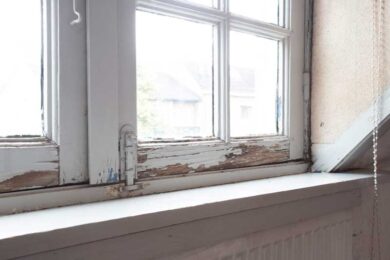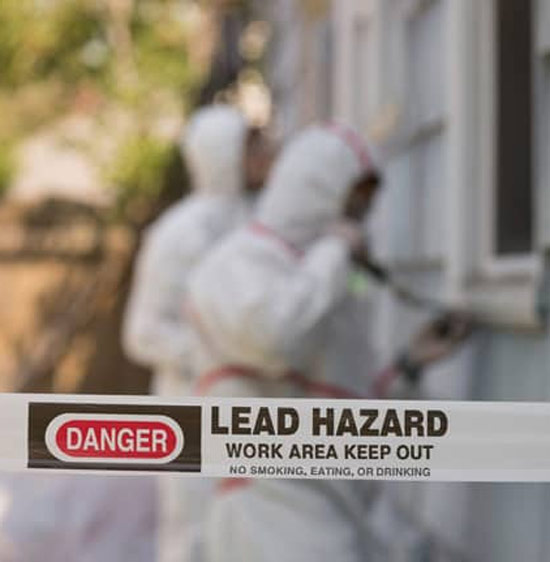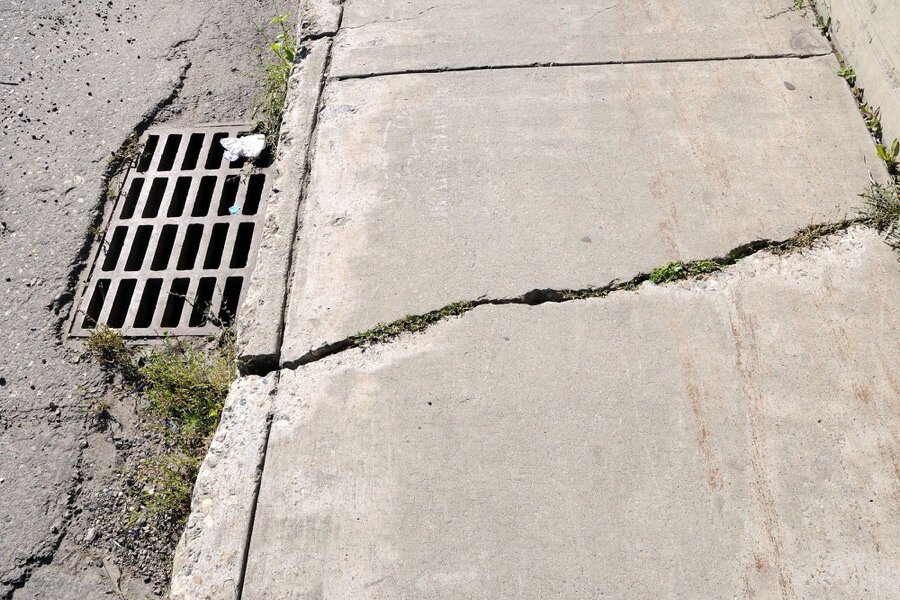Comprehensive Lead Paint Removal Service in NYC-- Accredited and Licensed
Comprehensive Lead Paint Removal Service in NYC-- Accredited and Licensed
Blog Article
Comprehensive Overview on Effective Lead Violation Elimination Techniques
In the realm of ecological security, attending to lead offenses requires a thorough and structured technique. This thorough guide begins by highlighting the crucial preliminary steps of determining lead risks via innovative analysis and testing techniques. The overview clarifies on the importance of sticking to stringent safety methods during the elimination procedure, consisting of the usage of proper PPE and isolating impacted areas.
Determining Lead Dangers
Recognizing lead threats is an essential primary step in minimizing the risks connected with lead direct exposure. Lead, a hazardous steel, can be present in various ecological tools, including paint, dirt, water, and dust. It presents severe health and wellness risks, especially to kids and expectant females, bring about neurological damage and developmental delays. Specific recognition of prospective lead resources is necessary for reliable remediation.
The initial phase in recognizing lead risks entails recognizing usual lead sources within the built environment. Structures built before 1978 are especially vulnerable because of the widespread use lead-based paint during that duration. Additionally, dirt contamination can take place from degrading outside paint, industrial emissions, or historic use leaded gas.
One more considerable source is lead piping and plumbing components, which can seep lead right into alcohol consumption water. Consumer goods such as playthings, porcelains, and imported items may likewise contain harmful lead levels. Especially, occupational settings and pastimes including lead can track impurities right into homes.
Assessment and Testing
When addressing lead dangers, reliable evaluation and testing are paramount. First analysis typically involves an aesthetic examination to identify potential lead sources, such as deteriorating paint or contaminated dust.

Dirt clean tasting is one more important technique, specifically in property setups. By collecting examples from floors, windowsills, and other surfaces, this technique provides insights into potential direct exposure risks. Soil screening around building borders is necessary to find lead contamination that can posture dangers, particularly to kids.
Safe Elimination Procedures
Upon completing comprehensive evaluation and screening, carrying out safe removal treatments is the following essential phase in addressing lead dangers. This process makes sure that lead-contaminated materials are properly and securely eradicated, decreasing danger to both workers and homeowners. The very first action includes separating the visit here affected area using plastic sheet and appropriate securing methods to avoid the spread of lead dust.
Workers must don proper individual protective equipment (PPE), consisting of respirators, handwear covers, and disposable coveralls, to mitigate exposure. Employing specialized devices and damp approaches, such as wet fining sand or utilizing HEPA-filtered vacuum cleaners, decreases the dispersion of lead bits. It is essential to stay clear of completely dry sanding or unpleasant blowing up, as these methods can create damaging lead dust.
Waste disposal is another crucial component; all infected materials have to be safely landed and identified according to EPA and local regulations. In addition, thorough cleansing of the workplace with HEPA vacuum cleaners and wet cleaning makes sure the removal of recurring lead particles.
Post-Removal Confirmation

Verification of effective lead removal, called post-removal confirmation, is necessary to guarantee the safety and security and habitability of the remediated area. This procedure involves a collection of meticulous analyses and tests made to spot any residual lead bits that might pose health dangers. The first step normally consists of an aesthetic inspection to evaluate the conclusion and top quality of the removal work. This inspection makes sure that all well-known resources of lead have been attended to which no noticeable signs of contamination remain.
Following the visual evaluation, environmental sampling is carried out. This includes collecting dust, soil, and sometimes water samples from the remediated area. Certified laboratories examine these samples to determine lead degrees, ensuring they fall listed below the safety thresholds established by regulative bodies such as the Epa (EPA)
On top of that, air top quality screening might be carried out to detect airborne lead other fragments, specifically in cases where extensive lead-based paint elimination or restoration has occurred. The outcomes of these tests supply quantitative information verifying that the lead degrees are within acceptable restrictions.
Ultimately, post-removal confirmation functions as a vital checkpoint, verifying the performance of the lead abatement efforts and securing the health and wellness of occupants and site visitors.
Preventative Steps and Upkeep

A crucial preventative procedure consists of the use of lead-safe licensed specialists for any type of renovation, repair service, or paint tasks. These specialists are learnt methods that reduce lead dirt and debris. Additionally, keeping colored surface areas to avoid cracking or peeling is important, as deteriorating paint can release lead bits right into the environment.
Educational initiatives targeting homeowner discover here and lessees regarding the risks of lead and the significance of reporting any kind of possible threats can even more boost preventive initiatives. Regular cleansing utilizing HEPA vacuums and wet mopping methods can considerably minimize lead dirt accumulation.
Final Thought
In recap, reliable lead offense elimination requires a careful strategy incorporating thorough analysis, precise screening, and stringent elimination procedures. Making certain security via correct isolation and personal safety tools continues to be critical. Post-removal confirmation through environmental tasting and air top quality testing validates conformity with well-known safety criteria. Recurring examinations and upkeep are necessary to minimize future lead dangers, consequently protecting public health and ensuring sustained compliance with regulatory demands.
Report this page